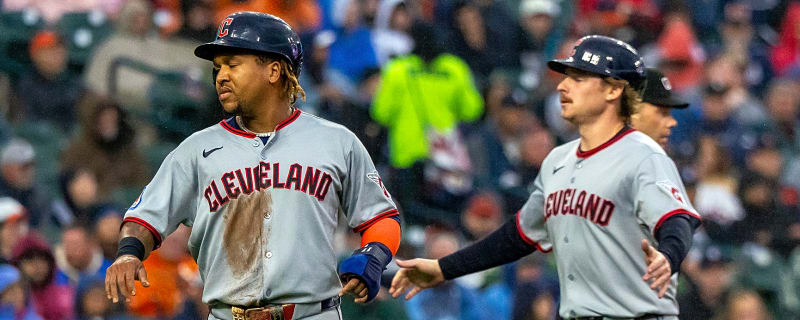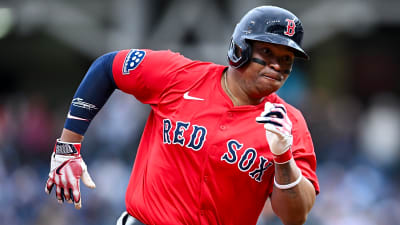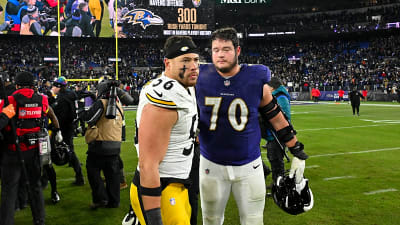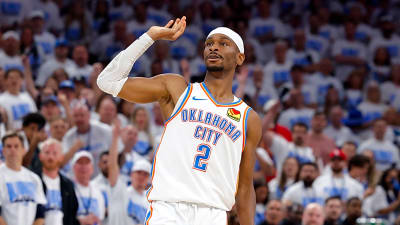- Home
- Quizzes
- My Quiz Activity
- Newsletters
- MY FAVORITES
- Add Sports/Teams
- SPORTS
-
NFL
- NFL Home
- Arizona Cardinals
- Atlanta Falcons
- Baltimore Ravens
- Buffalo Bills
- Carolina Panthers
- Chicago Bears
- Cincinnati Bengals
- Cleveland Browns
- Dallas Cowboys
- Denver Broncos
- Detroit Lions
- Green Bay Packers
- Houston Texans
- Indianapolis Colts
- Jacksonville Jaguars
- Kansas City Chiefs
- Las Vegas Raiders
- Los Angeles Chargers
- Los Angeles Rams
- Miami Dolphins
- Minnesota Vikings
- New England Patriots
- New Orleans Saints
- New York Jets
- New York Giants
- Philadelphia Eagles
- Pittsburgh Steelers
- San Francisco 49ers
- Seattle Seahawks
- Tampa Bay Buccaneers
- Tennessee Titans
- Washington Commanders
-
MLB
- MLB Home
- Athletics
- Arizona Diamondbacks
- Atlanta Braves
- Baltimore Orioles
- Boston Red Sox
- Chicago White Sox
- Chicago Cubs
- Cincinnati Reds
- Cleveland Guardians
- Colorado Rockies
- Detroit Tigers
- Houston Astros
- Kansas City Royals
- Los Angeles Angels
- Los Angeles Dodgers
- Miami Marlins
- Milwaukee Brewers
- Minnesota Twins
- New York Yankees
- New York Mets
- Philadelphia Phillies
- Pittsburgh Pirates
- San Diego Padres
- San Francisco Giants
- Seattle Mariners
- St. Louis Cardinals
- Tampa Bay Rays
- Texas Rangers
- Toronto Blue Jays
- Washington Nationals
-
NBA
- NBA Home
- Atlanta Hawks
- Boston Celtics
- Brooklyn Nets
- Charlotte Hornets
- Chicago Bulls
- Cleveland Cavaliers
- Dallas Mavericks
- Denver Nuggets
- Detroit Pistons
- Golden State Warriors
- Houston Rockets
- Indiana Pacers
- Los Angeles Clippers
- Los Angeles Lakers
- Memphis Grizzlies
- Miami Heat
- Milwaukee Bucks
- Minnesota Timberwolves
- New Orleans Pelicans
- New York Knicks
- Oklahoma City Thunder
- Orlando Magic
- Philadelphia 76ers
- Phoenix Suns
- Portland Trail Blazers
- Sacramento Kings
- San Antonio Spurs
- Toronto Raptors
- Utah Jazz
- Washington Wizards
-
NHL
- NHL Home
- Anaheim Ducks
- Boston Bruins
- Buffalo Sabres
- Calgary Flames
- Carolina Hurricanes
- Chicago Blackhawks
- Colorado Avalanche
- Columbus Blue Jackets
- Dallas Stars
- Detroit Red Wings
- Edmonton Oilers
- Florida Panthers
- Los Angeles Kings
- Minnesota Wild
- Montreal Canadiens
- Nashville Predators
- New Jersey Devils
- New York Islanders
- New York Rangers
- Ottawa Senators
- Philadelphia Flyers
- Pittsburgh Penguins
- San Jose Sharks
- Seattle Kraken
- St. Louis Blues
- Tampa Bay Lightning
- Toronto Maple Leafs
- Utah Mammoth
- Vancouver Canucks
- Vegas Golden Knights
- Washington Capitals
- Winnipeg Jets
- NCAAF
- NCAAM
- Olympics
- Boxing
- Entertainment
- Lifestyle
- Golf
- MMA
- Soccer
- Tennis
- Wrestling
- Sports Betting
- More Sports
- RESOURCES
- My Account
- YB on Facebook
- YB on Twitter
- YB on Flipboard
- Contact Us
- Privacy Policy
- Terms of Service
Banned no more, 'Shoeless' Joe Jackson has huge fans in his hometown
Nearly 74 years ago, Greenville, South Carolina mourned the death of a native son, former Major League Baseball star "Shoeless" Joe Jackson. "Greenville is a weeping city today," local sports columnist Carter "Scoop" Latimer wrote.

Juan Soto trade comes full circle for Nationals
Juan Soto may be a New York Met, but his first team is still cashing in on the $765 million man.

Red Sox announce trade with Angels after Rafael Devers news
Following the season-ending left patellar tendon injury to Red Sox first baseman Triston Casas, the team asked Devers to move to first base.

Angels finding remarkable success without Mike Trout
With their 10-5 win over the Athletics in Sacramento on Thursday, the Angels secured their seventh consecutive win.

The 'Active home run leaders in Major League Baseball' quiz
How many of the most prolific power hitters in baseball today can you name in 5 minutes?
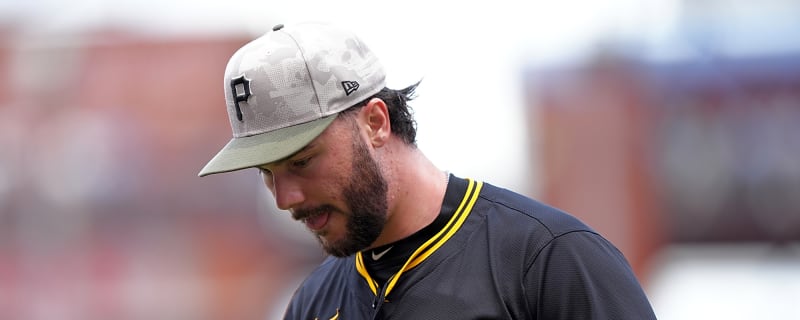
Pirates GM addresses Paul Skenes trade chatter
It seems to be a foregone conclusion that at some point over the next four or five years the Pittsburgh Pirates are going to have to trade starting pitcher Paul Skenes when he begins to price himself out of their budget. It's probably not a matter of if it happens, but probably a matter of when it happens.
Who threw the most recent no-hitter for every MLB team?
Look, the no-hitter is no perfect game. A pitcher can get a bit sloppy and still throw a no-hitter. Loud outs, walks, and the like. Five pitchers have thrown no-hitters and allowed multiple runs.

What can the Braves expect from Ronald Acuna Jr. this season?
What can we realistically expect from Acuna Jr., specifically, upon re-acclimating to game action?

Yankees facing decision after unexpected news on Thursday
On Thursday, the Yankees received some unexpected news on one of their minor league players in Scranton.
Guardians prove themselves in win over division-leading Tigers
Cleveland's 7-0 win included four insurance runs in the top of the ninth inning, crushing Detroit's hope of mounting a comeback before even stepping up to the plate.

The Colorado Rockies are off to a terrible, no good, start
It has been a rough go for the Colorado Rockies, who dropped another one on Thursday.

Bobby Witt Jr. vs. Jacob Wilson: Stage is set for MLB All-Star roster showdown
Should they continue on their trajectories, this roster battle will be a story to keep an eye on.
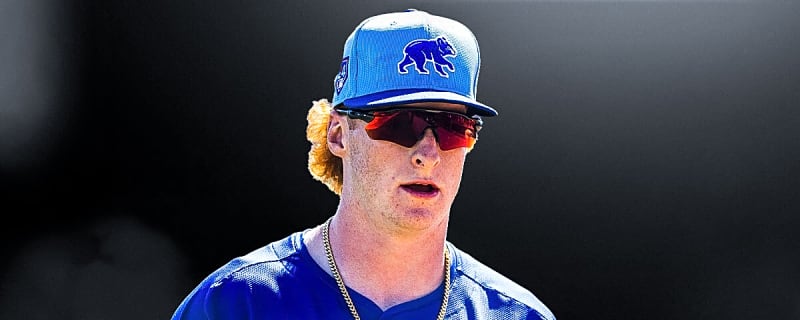
One player Chicago Cubs must trade before 2025 deadline
The Cubs’ window is now, and standing pat risks squandering a rare opportunity.
The 30 greatest nicknames in baseball history
There's no sport more American than baseball, with well over 100 years of history, and that history has brought some of the best player nicknames. These 25 nicknames from the game's history should leave you feeling nostalgic.
Former MLB player sues Reds over their field conditions
Former Major League Baseball player Darin Ruf has filed a lawsuit against the Cincinnati Reds claiming that their field conditions led to his career-ending injury on June 2, 2023.

Watch: Blue Jays complete sweep of Padres with walk-off win
The Toronto Blue Jays have finally fought their way back to a winning record, and they did so in dramatic fashion with a walk-off win on Thursday.

Three keys to Yankees staying hot on West Coast trip
Winning 11 of their last 14, New York has found their groove entering summer. Here are three keys to the Yankees' continued success as they travel west for the second time this month.

Marlins star Agustin Ramirez closing gap on early Rookie of the Year favorites
Ramirez is pushing his way into the Rookie of the Year conversation.
MLB rookie class being dominated by catchers
Through Wednesday's games, four of the top five qualified rookie hitters by OPS are all catchers.

Juan Soto's tailspin continues with disastrous outing vs. Red Sox
If the New York Mets weren't already worried about their 15-year, $765M investment in Juan Soto, they should be.

The 25 most surprising players from the 2025 MLB season so far
The first six weeks of the MLB season have been full of surprising player performances. These 25 players stand out for their hot and surprising starts early in 2025.

Bryce Harper ignites Phillies offense as J.T. Realmuto just misses cycle
The Philadelphia Phillies continued their dominance over the lowly Colorado Rockies by slugging their way to a 9-5 win.

NBC makes offer for MLB broadcasts currently carried by ESPN
In February, MLB and ESPN each triggered an opt-out clause in their broadcasting agreement for the 2026-28 seasons. That means that as things stand, this is ESPN’s final year carrying MLB games.

Mets' Tylor Megill bounces back with incredible performance vs. Red Sox
Tylor Megill delivered a much-needed performance for both himself and the New York Mets on Wednesday against the Boston Red Sox, striking out 10 batters to help New York snap its three-game losing streak.
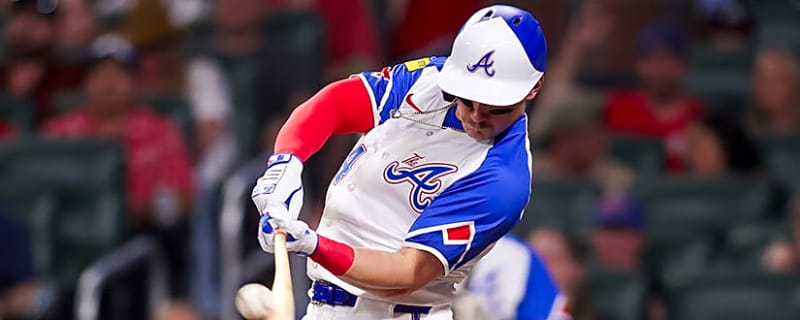
One player Atlanta Braves must trade before 2025 deadline
The Braves must relieve the logjam while also getting some value back.

Giants to place Justin Verlander on 15-day IL
The Giants are confident it’ll only cost Verlander two turns through the rotation.
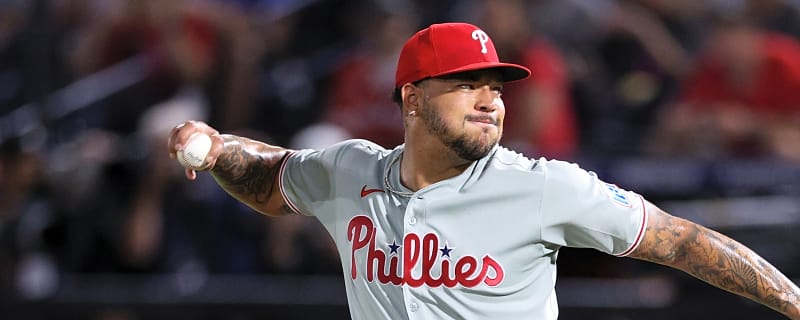
The Phillies have a plan for Taijuan Walker when Aaron Nola returns
Taijuan Walker made his return to the Philadelphia Phillies rotation on Wednesday against the Colorado Rockies.

Phillies' Kyle Schwarber defying platoon advantage in power barrage
Philadelphia Phillies designated hitter Kyle Schwarber has been a force in the Phillies' lineup this season, regardless of the pitcher he has faced.
Breaking News
Trending News
My Favorites
Customize Your Newsletter
 +
+
Get the latest news and rumors, customized to your favorite sports and teams. Emailed daily. Always free!
PRIVACY POLICY EDITORIAL POLICY CONTACT US
ABOUT YARDBARKER TERMS OF SERVICE
Use of this website (including any and all parts and
components) constitutes your acceptance of these
Terms of Service and Privacy Policy.
This site is for entertainment purposes only.
There is no gambling offered on this site.
Gambling Problem? Call 1-800-Gambler.

 Free Newsletters
Free Newsletters
